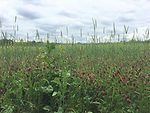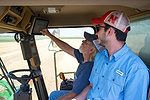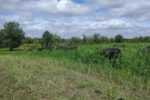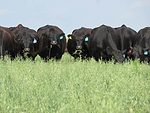Articles Tagged with ''grazing cover crops''
Next Year's Cover Crop Success Starts in Spring
Adjust spring plans now to make next fall’s cover crops work better.
Read More
[Podcast] How Cover Crops Improved My Operation with Jim Denys, Dean Jackson & Lucinda Stuenkel
On this week’s edition of Cover Crop Strategies, brought to you by SOURCE® by Sound Agriculture, Jim Denys of Parkhill, Ont., Dean Jackson of Columbia Crossroads, Penn., and Lucinda Stuenkel of Palmer, Kan., join us for a panel discussion about the benefits of incorporating cover crops into your operation — wherever you farm.
Read More










